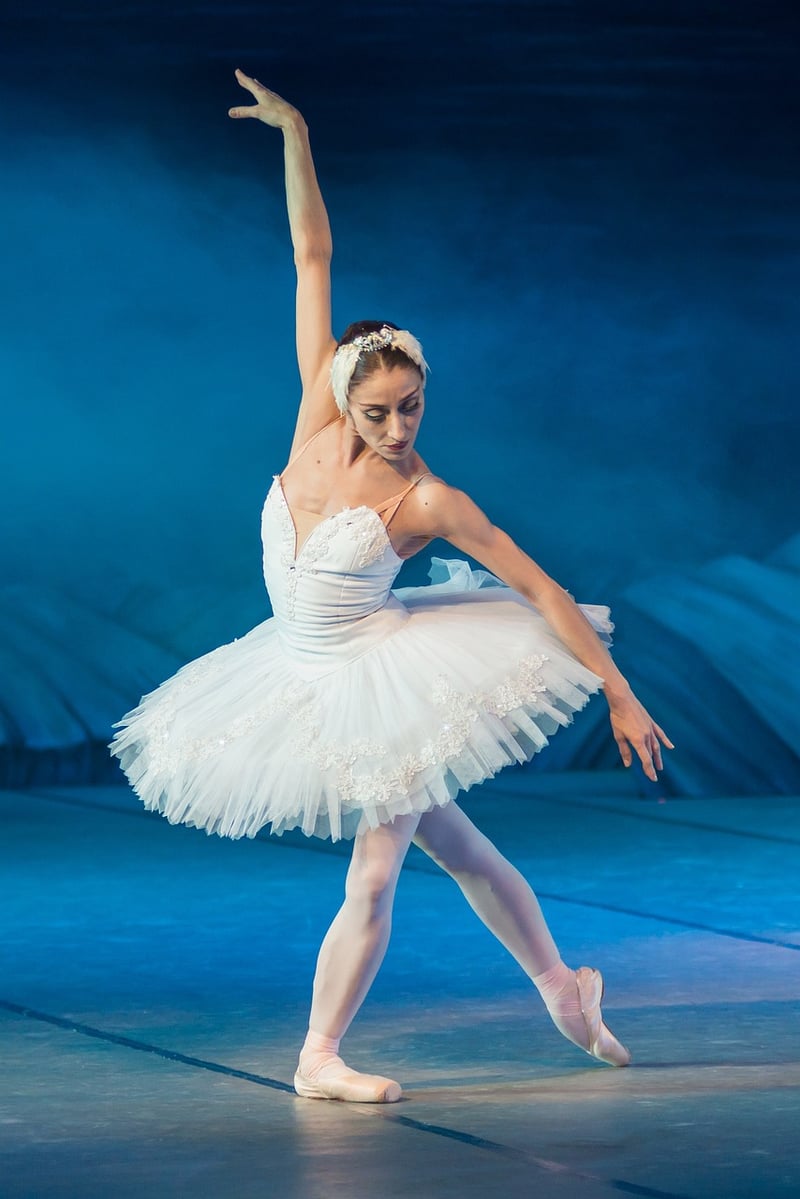Contemporary
Exploring Expressive Movement Forms in Contemporary Dance

Contemporary dance is a dynamic art form that embraces a wide range of movement styles and techniques. One of the key elements that make contemporary dance so captivating is its use of expressive movement forms. These forms allow dancers to convey emotions, tell stories, and connect with audiences in powerful ways.
1. Improvisation
Improvisation is a fundamental aspect of contemporary dance that involves spontaneous movement creation. Dancers explore new ways of moving, responding to music, emotions, and their surroundings. This form of expression allows for creativity and authenticity in performance.
2. Release Technique
The release technique focuses on letting go of tension in the body to achieve fluidity and freedom of movement. Dancers work on releasing muscles, joints, and energy to create a sense of ease and flow in their choreography.
3. Contact Improvisation
Contact improvisation involves physical contact between dancers to create shared movement experiences. It emphasizes weight-sharing, trust, and non-verbal communication, leading to spontaneous and collaborative dance interactions.

4. Floorwork
Floorwork is a movement form that explores dancing on the floor, using various levels and pathways. Dancers engage with the ground, incorporating rolling, sliding, and intricate patterns to expand their movement vocabulary.
5. Expressive Gesture
Expressive gesture involves using body language and gestures to communicate emotions and ideas. Dancers convey meaning through nuanced movements, exploring the subtleties of expression in their performances.
Contemporary dance continues to evolve, drawing inspiration from various movement forms to create innovative and compelling performances. By embracing expressive movement forms, dancers can push boundaries, challenge norms, and engage audiences in meaningful ways.
Explore the world of contemporary dance and unleash your creativity through the power of expressive movement forms!
